Smithsonian Civil War Studies
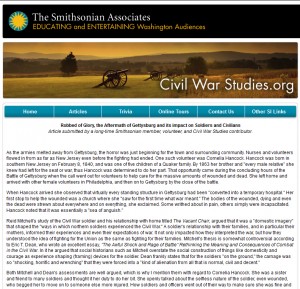 Been out of the loop for a month now with my teaching and coaching duties. My HS Football team in the last 3 weeks alone has traveled over 1600 miles to play teams around the state of Colorado. Anyway, I had an article, “Robbed of Glory, the Aftermath of Gettysburg and its impact on Soldiers and Civilians,” published via the Smithsonian last month. Thanks to the Smithsonian it was an honor to be asked to submit something and to have it accepted!
Been out of the loop for a month now with my teaching and coaching duties. My HS Football team in the last 3 weeks alone has traveled over 1600 miles to play teams around the state of Colorado. Anyway, I had an article, “Robbed of Glory, the Aftermath of Gettysburg and its impact on Soldiers and Civilians,” published via the Smithsonian last month. Thanks to the Smithsonian it was an honor to be asked to submit something and to have it accepted!
It’s a recycled piece I posted here a couple months ago.
A Mother’s Sympathy: Letter of Condolence
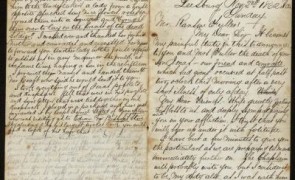
In August of 1862 Private Jonas Fuller of Bradford County enlisted in Company A of the 141st Pennsylvania Infantry. His regiment spent time at Camp Prescott Smith in Arlington, VA., and on the march protecting Washington, D.C. The regiment was organized in August, 1862 and did not see significant action until December, 1862, at the Battle of Fredericksburg, after Jonas had passed away. Jonas wrote several letters home that have…
Read more...“Fightin fer Slavery” and Confederate v. Union Soldier Post-Civil War Experiences
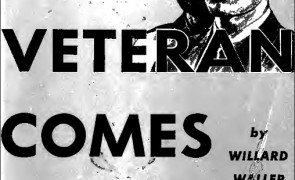
During some research today came across this nugget of a quote from Nathan Bedford Forrest who clearly had “no moral scruples against slavery,” when he apparently stated during the war “If we aint fightin’ fer slavery then I’d like to know what we are fightin’ fer.” Turns out not to be an unknown quote, but where I found it was in the book Veteran Comes Back, by Willard Wallard published…
Read more...“Shook Over Hell” Post-Traumatic Stress and the Civil War
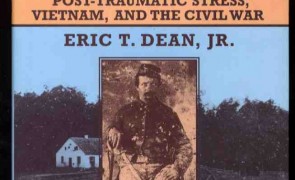
In his 1998 review of Shook Over Hell: Post-Traumatic Stress, Vietnam, and the Civil War (by Eric T. Dean, Jr.), James M. McPherson declared that the work “breaks new ground in its analysis of the psychiatric casualties of battle.” Yet since the book’s publishing it has been vastly overlooked by social historians. When researching Civil War historiography one rarely finds Shook Over Hell mentioned when assessing the soldier. Though McPherson…
Read more...2 Million Page Views!
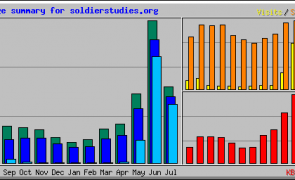
Over the last three months SoldierStudies.org has received over 2 million page views! For June alone the total surpassed one million total. The leading search string was “civil war” (21.15%) of all visitors came from a search engine using those key terms! This total is for both the database and the blog.
Read more...“Soldiers Heart” How the Civil War Impacted Soldiers During & After, Part II
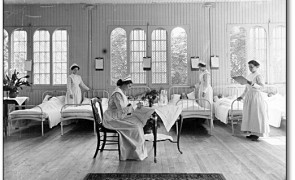
As noted in Part I, during the Civil War conditions such as “melancholy” and “nostalgia” first appeared as a medical condition in the military surgeon’s reports. According to at least one study, “three cases of nostalgia per 1,000 troops per year were reported among Union soldiers” and most of the soldiers were less than 20 years of age. This led to Surgeon General William A. Hammond in 1862 recommending that…
Read more...“Soldiers Heart” How the Civil War Impacted Soldiers During & After
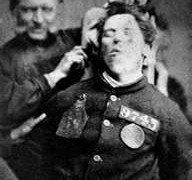
PART I During and after the Civil War surgeons began looking closely at a medical condition that affected some soldiers; what we today know as PTSD (post traumatic stress disorder). It was sometimes first referred to as “melancholy” or “nostalgia” during the war. Then when surgeon Jacob Mendes Da Costa observed symptoms that he classified as a heart issue, which came be to known as “Da Costa’s syndrome,” an idiom…
Read more...Who was the Common Soldier in the American Civil War?
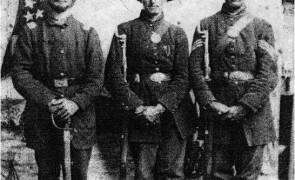
The average soldier was a white, native-born, single, protestant, male farmer between about 18 and 38 years of age. He stood about 5 feet 8 inches tall and weighed about 145 pounds. The tallest recorded being Captain David Van Buskirk (pictured right) of the 27th Indiana Infantry who stood 6’10” and 1/2 inches tall. Union soldiers were known as “Billy Yank” while their Confederate counterparts were called “Johnny Reb.” The…
Read more...Robbed of Glory, the Aftermath of Gettysburg and its impact on Soldiers and Civilians
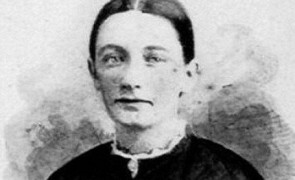
As the armies melted away from Gettysburg the horror was just beginning for the town and surrounding community. Nurses and volunteers flowed in from as far as New Jersey even before the fighting had ended. One such volunteer was Cornelia Hancock. Hancock was born on February 8, 1840 in southern New Jersey and was one of five children of a Quaker family. By 1863 her brother and “every male relative”…
Read more...
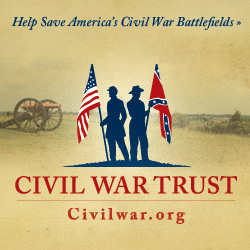


Add One